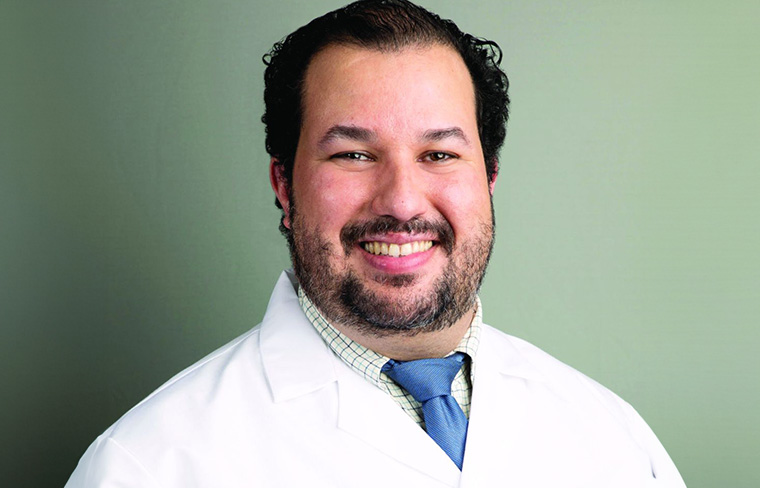Network News
-
Revival of the aspiration vs chest tube debate for PSP
Considerable heterogeneity exists in the management of primary spontaneous pneumothorax (PSP). American and European guidelines have been grappling with this question for decades: What is the best way to manage […]
-
AI applications in pediatric pulmonary, sleep, and critical care medicine
Artificial intelligence (AI) refers to the science and engineering of making intelligent machines that mimic human cognitive functions, such as learning and problem solving.1AI tools are being increasingly utilized in […]
-
Mechanical power: A missing piece in lung-protective ventilation?
The ARDSNet trial demonstrated the importance of low tidal volume ventilation in patients with ARDS, and we have learned to monitor parameters such as plateau pressure and driving pressure (DP) […]
-
Major takeaways from the seventh world symposium on PH
The core definition of pulmonary hypertension (PH) remains a mean pulmonary arterial pressure (mPAP) > 20 mm Hg, with precapillary PH defined by a pulmonary arterial wedge pressure (PCWP) ≤ […]
-
Extending exercise testing using telehealth monitoring in patients with ILD
The COVID-19 pandemic revolutionized the use of monitoring equipment in general and oxygen saturation monitoring devices as pulse oximeters in specific. Home technology devices such as home spirometry, smart apps, and […]
-
Lung ultrasound: An indispensable yet underutilized tool
An assessment using bedside thoracic ultrasound (TUS) improves diagnostic evaluation and therapeutic management in critically ill patients without undue risk. With changes in diagnosis occurring in 23% of cases and […]
-
Prediction models in sepsis
Early recognition is the linchpin of sepsis management, as mortality from sepsis increases by 4% to 9% for every hour that diagnosis and treatment are delayed.1 2 Artificial intelligence (AI) […]
-
The gas stove: Friend or foe?
The kitchen is considered the heart of the home, but recent discoveries have raised concerns about whether this beloved space might also pose hidden health risks. Gas stoves, present in […]
-
Hospital to home tracheostomy care
Patients with tracheostomies require comprehensive planning to avoid adverse events. Technological improvement has enhanced our ability to support these patients with complex conditions in their home settings. However, clinical practice […]









